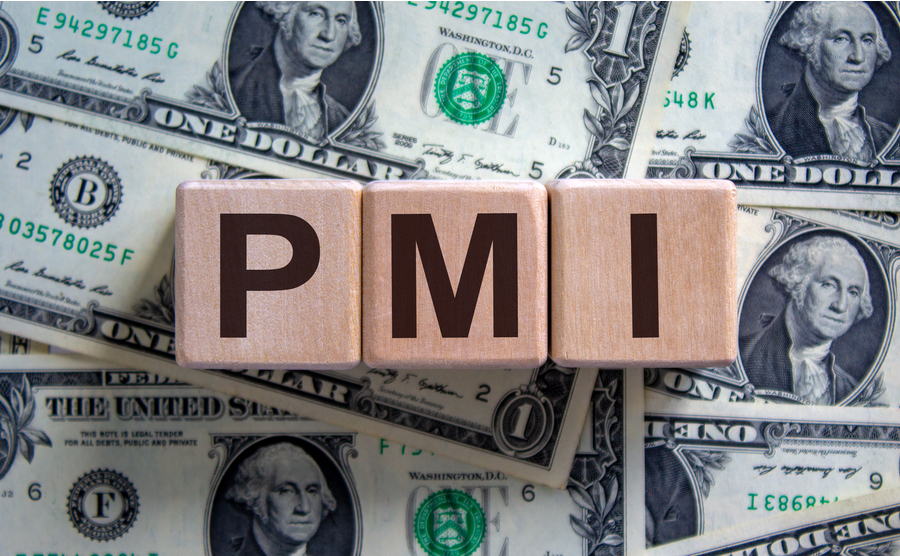What is a Purchasing Managers’ Index, or ‘PMI’, and why can it impact currency movements? We explain more about this type of data and why it’s such a useful indicator of how economies are performing.
What is a PMI?
Within our articles and currency notes, we often refer to economic data releases, which serve as indicators of how economies are faring. These can include anything from retail sales figures to employment data. However, a key release that we frequently mention is the Purchasing Managers’ Index or PMI.
PMIs summarise whether market conditions, as viewed by purchasing managers, are expanding, staying the same, or contracting. This gives an indication of current and future business conditions, economic trends within certain sectors and how economies are performing.
The data is gathered through a monthly survey, which is sent to managers across several industries and includes basic questions such as ‘has income gone up, sideways or down?’ Our very own CEO, Charles Purdy, is one of the managers that takes part.
What is a purchasing manager?
Purchasing managers plan, direct, and coordinate the buying of materials, products, or services for wholesalers, retailers, or organizations. However, the responsibilities of a purchasing manager vary between industries.
What does the data mean?
PMI is presented as a single number – e.g. UK Manufacturing PMI came in at 60.3 in August 2021. If the number is over 50, this shows the sector is expanding, if it’s below 50, it is contracting and if it comes in at 50, it hasn’t changed.
Usually, the figure for manufacturing and services would come in somewhere between 50 and 60. As you’d expect, the figures fell significantly during the pandemic. However, as businesses have reopened in the aftermath, record readings of 60 plus have been recorded due to a sudden jump in activity.
ISM vs Markit HIS/CIPS
There are two main companies that conduct PMI surveys – the Institute for Supply Management (ISM) and IHS Markit. ISM conducts PMI surveys for the United States, whereas IHS Markit covers over 40 economies worldwide.
There are a few notable differences between each, including the fact that ISM data focus on larger multinationals, whereas IHS Markit polls a representative mix of company size, but only focuses on private companies. They also differ slightly on the indicators they use to measure PMI.
What are ‘Flash’ PMIs?
‘Flash’ PMIs are an early estimate, based on about 85% to 90% of the total survey data. It is, therefore, an accurate advance indication of the final PMI data.
What are the different types of PMI and how are they calculated?
IHS Markit covers three main types of PMI, looking at three different sectors.
UK Manufacturing PMI
Manufacturing PMI is derived from a survey of 600 industrial companies to measure the performance of the manufacturing sector. It is based on five individual indexes which count towards the overall figure with different percentages. They include New Orders (30%), Output (25%), Employment (20%), Suppliers’ Delivery Times (15%) and Stock of Items Purchased (10%).
UK Services PMI
Services PMI is collated through data from companies in the transport and communication sector, financial intermediation, business services, personal services, computing and IT and hotels and restaurants. The index tracks several variables, such as sales, employment and prices.
UK Construction PMI
Construction PMI is collected from surveys of over 170 construction companies. It covers several divisions, such as commercial work, housebuilding and civil engineering.
How do PMIs impact currencies?
PMIs serve as an indicator of how an economy is performing. Surveying managers in different sectors can build up a picture of how these sectors are faring and how they may fare in the near future.
Currencies, especially the likes of the pound and euro, often react to economic news. This means that the PMIs can sometimes have an impact on them.
For example, the UK’s PMI reading in August 2021 showed a greater-than-expected slowdown in UK economic growth rates. Survey respondents widely reported constraints on business activity due to staff shortages and supply chain issues.
In contrast, Eurozone PMI figures released just half an hour before showed the bloc to have outperformed the UK in August.
Investors took note of this, leaving the pound directionless against the euro and unable to recover its previous losses.





















